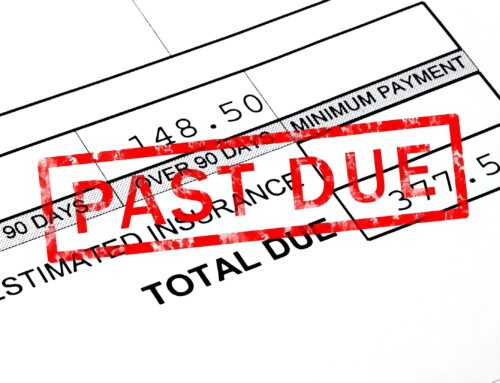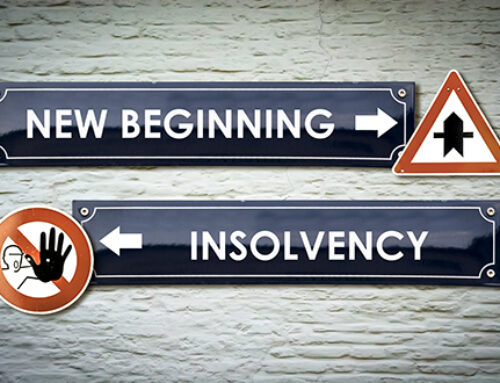A Letter of Demand has been sent and no payment has been received. The debt due looms larger and larger in your ledger and you know the older it gets, the harder it is to collect.
So, what’s next?
Your terms and conditions of sale could dictate what to do next. You may have a clause that requires mediation, have a clause that allows you to register a security interest against property or you may also hold personal guarantees from persons you can press for payment. These actions may eventually collect your debt but the road can be a rocky one depending on the structure of your terms and the assets available for collection.
Alternatively, you may not have terms and conditions that you can rely upon but you still have a debt to collect.
The most common form of debt collection is the issue of a Statement of Claim in the State Courts. In New South Wales the Local Court is the forum for the issue of proceedings on debts up to $100,000. Over $100,000 and we head to the District Court. Other States have Courts with similar names and jurisdictions such as in Victoria there is the Magistrates’ Court and then the County Court. Overarching the lower Courts in each State is the Supreme Court which has available to it many remedies it can order – but which one suits your needs?
To commence proceedings the creditor, in the Court known as the plaintiff, drafts and files a Statement of Claim which pleads the facts of the case and why monies are owed to him/her/it by the defendant. Filing fees are of course required to file the Statement of Claim at the Court. The Statement of Claim is then served upon the defendant who has 28 days after service to respond by paying the debt, disputing the debt and filing a Defence or negotiating a settlement. The defendant may simply do nothing and in such cases, the creditor can make an application to the Court for judgment and upon entry of the judgment, actions to enforce the judgment can be taken through the Court.
If the defendant is a company, then an alternative to the issue of a Statement of Claim is in the Corporations Act 2001 (Cth) which provides that a demand can be served upon the defendant at its registered office giving it 21 days to respond, failing which the company is then presumed to be insolvent. Based upon that presumption of insolvency, the creditor can then make an application to the Court for the company to be wound up and a liquidator appointed.
The actions in the Court are not as simple as completing a form and sending it off. The variations to the above can be many and varied and too numerous to go into here. Discussing courses of action with your lawyer can be beneficial to ensure you start on the correct path and avoid common pitfalls experienced by many which can lead to unnecessary costs and delays being incurred. Lawyers themselves with limited experience in debt recovery can also hinder your path the recovery, so you should seek out a lawyer who knows the ropes and does not just have debt recovery as a list of things they do on their website.
Need real help collecting debts? Call us today.




